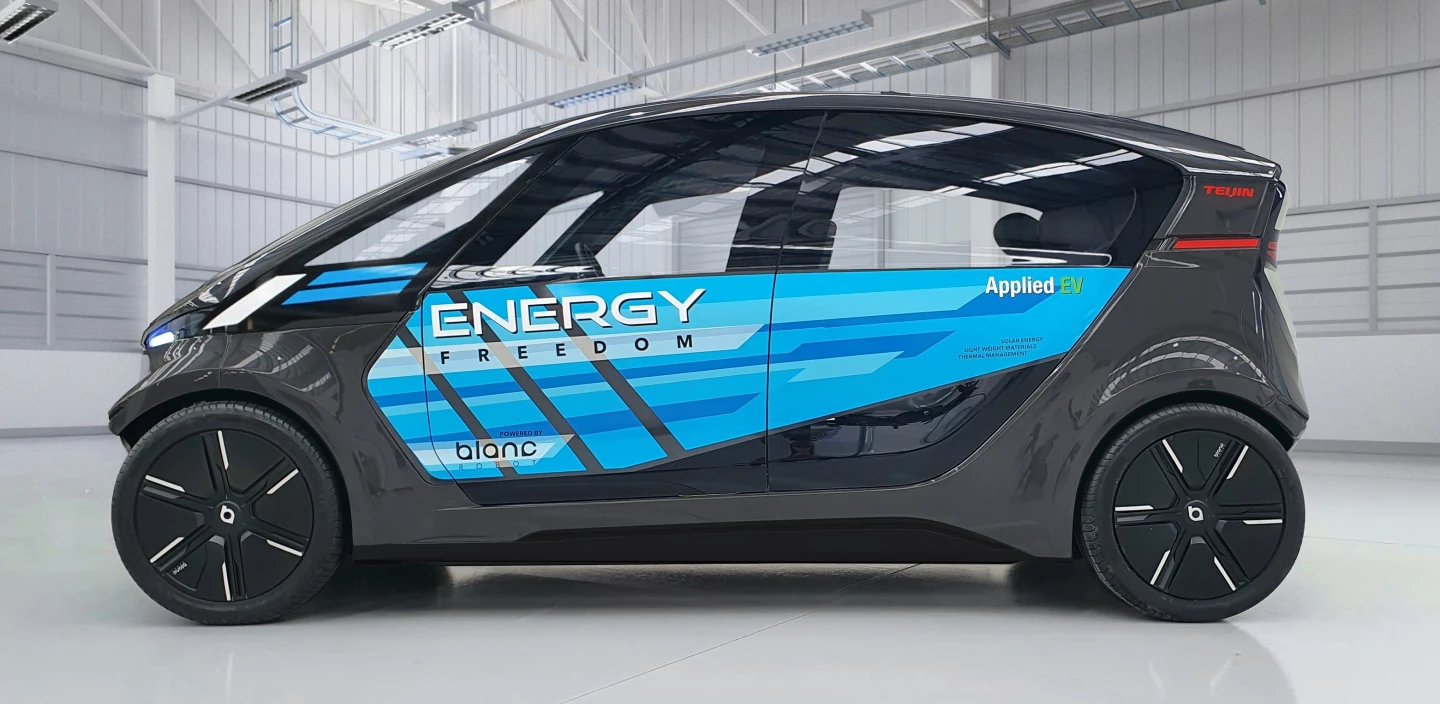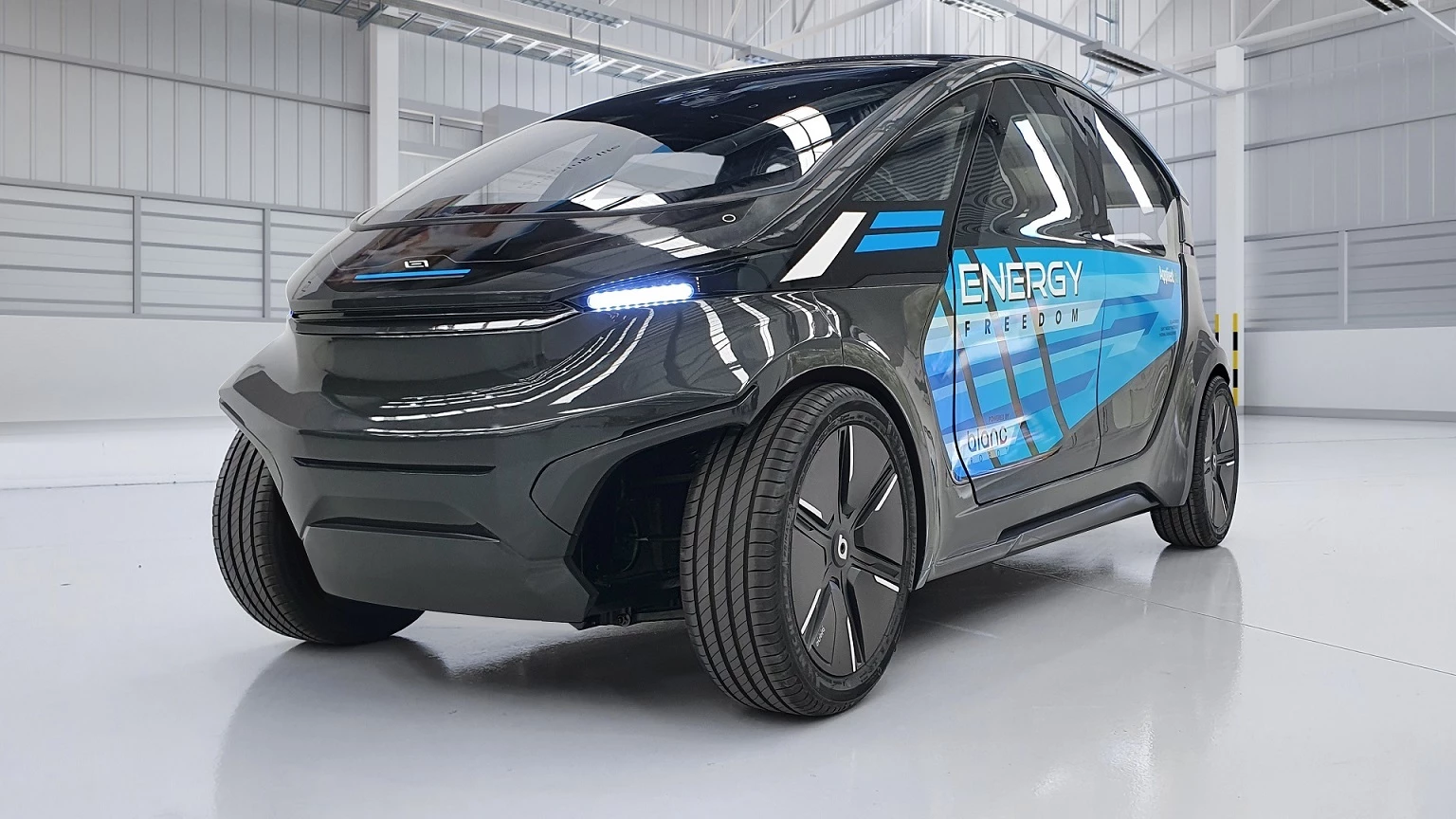When it comes to making road transportation more sustainable automakers are putting a lot of work into to fitting out conventional cars with electric drivetrains, but others are thinking a little further outside the box. Japanese firm Teijin has teamed up with Australia's Applied Electric Vehicles to reimagine the role some cars might play in the future of urban mobility, developing a solar-topped electric vehicle that is low on speed and high on energy efficiency.
Teijin is a technology company with its fingers in a lot of pies, previously gracing our pages with next-generation firefighting suits, advanced carbon fiber materials, plant-based vehicle fabrics and pillar-free polycarbonate windshields. It is this polycarbonate resin that forms a key part of its newly unveiled four-seat prototype, which is described as a low-speed electric vehicle (LS-EV) ... though there's no detail on how low that speed is.
The company's Panlite polycarbonate resin is lightweight and impact resistant, and serves as glazing across the vehicle's windows and doors. In addition to keeping weight low and the occupants safe, this material is also said to do a great job of blocking infrared radiation, helping keep the interior cool and comfortable. Also onboard are drive-by-wire technologies and autonomous navigation systems, enabling the car to drive itself.

The curved roof is also kitted out with the Panlite glazing, along with a 330-W solar panel. Solar roofing has been a key focus for robotics company Applied Electric Vehicles, which last year received AUD$2 million (US$1.5m) in government funding to continue development of an autonomous EV prototype that draws 60 percent of its energy needs from the Sun as it carries people and goods around urban areas.
This prototype is being built on a lightweight robotic base called Blanc Robot, which also serves as the platform for the prototype it has developed with Teijin. The pair haven't offered specifics on energy usage, or much else for that matter, but by only aspiring to travel at low speeds and incorporating the Japanese company's advanced lightweight materials the car is claimed to run on minuscule amounts of energy, around the same used by a human pedestrian, according to Teijin.
“By working in collaboration with Teijin, reducing the mass of an entire vehicle, one requires less energy for a given task and therefore less battery size," says Julian Broadbent, CEO of Applied EV. "As a net result, with a similar roof area as a traditional vehicle, we find solar technology makes very good sense with real world impacts and a very nice business case.”
There's no word on whether the pair plan to turn their creation into a production vehicle, or when such a car might be available. But it is certainly an interesting look at how solar-powered, self-driving pods might fill certain holes in our transportation future.
Source: Teijin





